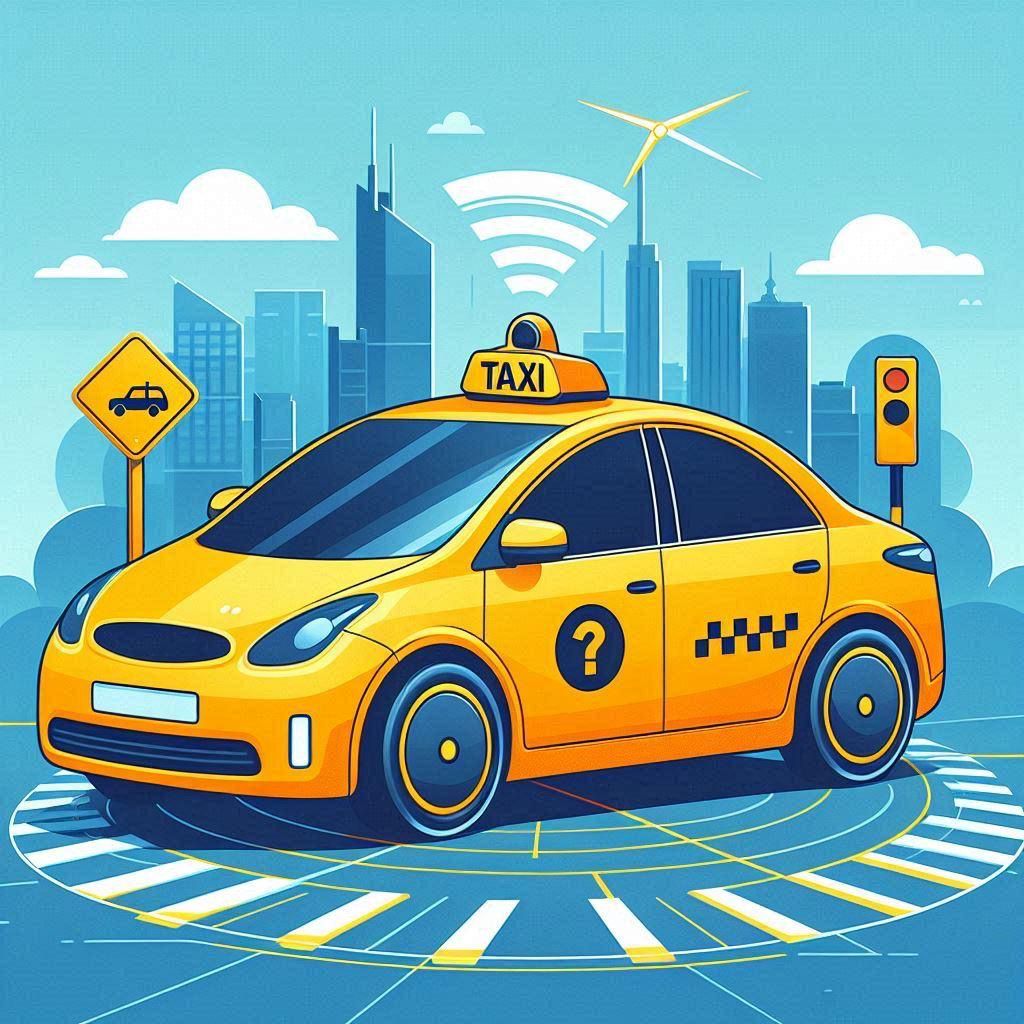
Robotaxis - will your next commute be autonomous?
In the realm of transportation, the future is unfolding before our eyes with the advent of self-driving robotaxis. Imagine stepping into a car without a driver and being whisked away to your destination seamlessly, all while enjoying the convenience and safety of autonomous technology. This vision is not as far-fetched as it may seem, as companies around the world are racing to bring this revolutionary mode of transportation to reality.
Testing Grounds for Tomorrow's Commute
Various cities across the globe have become testing grounds for self-driving robotaxis, where companies are putting their technologies to the test in real-world scenarios. One such city is Phoenix, Arizona, where Waymo, a subsidiary of Alphabet Inc. (Google's parent company), has been conducting extensive trials of its autonomous vehicles. Other cities like San Francisco, Pittsburgh, and Singapore have also seen trials by companies such as Uber, Lyft, and Aptiv.
Leaders of the Pack: Companies Shaping the Future
In the race to develop self-driving technology, several companies have emerged as frontrunners. Waymo, with its years of experience and vast resources, leads the pack with its advanced autonomous driving systems. Tesla, with its Autopilot feature and ambitious goals for full self-driving capability, is also a major player in the field. Additionally, traditional automakers like General Motors (through its subsidiary Cruise) and Ford are heavily investing in autonomous technology to secure their place in the future of transportation.
Overcoming Technological Hurdles: Challenges in Developing Production-Ready Self-Driving Technology
While the promise of self-driving robotaxis is tantalizing, the journey towards their widespread adoption is fraught with technological hurdles that must be overcome. Here are some of the key challenges in developing production-ready self-driving technology:
1. Sensor Fusion and Perception: Autonomous vehicles rely on a myriad of sensors, including cameras, lidar, radar, and ultrasonic sensors, to perceive their environment and make real-time decisions. However, integrating data from these sensors and accurately interpreting complex scenarios remains a significant challenge. Improving sensor fusion techniques and enhancing perception algorithms are essential for ensuring the reliability and safety of self-driving systems.
2. Artificial Intelligence and Machine Learning: Self-driving technology relies heavily on artificial intelligence and machine learning algorithms to interpret sensor data, predict the behavior of other road users, and make driving decisions. Training these algorithms to handle diverse and unpredictable driving scenarios, including adverse weather conditions and unusual road layouts, requires vast amounts of data and computational power. Additionally, ensuring the robustness and reliability of AI-driven systems remains a key concern for developers.
3. Mapping and Localization: Precise mapping and localization are crucial for enabling autonomous vehicles to navigate accurately and safely. Building high-definition maps that encompass detailed information about road infrastructure, traffic signs, and lane markings is essential for providing a reliable reference for self-driving systems. Moreover, developing robust localization algorithms that can accurately position vehicles within their environment, even in GPS-denied areas, presents a significant challenge.
4. Decision-Making and Planning: Autonomous vehicles must make complex decisions in real-time, considering factors such as traffic conditions, pedestrian behavior, and road regulations. Developing decision-making algorithms that can prioritize safety while efficiently navigating through dynamic environments is a formidable task. Moreover, ensuring that self-driving systems can handle edge cases and unexpected scenarios without human intervention is critical for gaining public trust.
5. Cybersecurity and Robustness: As autonomous vehicles become increasingly connected and reliant on software systems, cybersecurity emerges as a pressing concern. Ensuring the resilience of self-driving technology against cyber threats, such as hacking and malware attacks, is essential for safeguarding the integrity and safety of autonomous vehicles. Moreover, designing robust fail-safe mechanisms that can mitigate the impact of system failures or malfunctions is paramount for ensuring passenger safety.
Navigating the Challenges: Safety and Regulation
Despite the promise of self-driving robotaxis, there are significant challenges that need to be addressed before they become a mainstream mode of transportation. Safety remains a top concern, as incidents involving autonomous vehicles have raised questions about their reliability and ability to navigate complex urban environments. Moreover, regulatory frameworks need to be established to ensure the safe deployment of autonomous vehicles on public roads, addressing issues such as liability and insurance.
The Commuter's Dream: Benefits of Self-Driving Robotaxis
For the average commuter, self-driving robotaxis offer a host of potential benefits. Firstly, they promise to reduce congestion and emissions by optimizing routes and minimizing idle time. Additionally, they provide a safer alternative to traditional human-driven vehicles, potentially reducing the number of accidents caused by human error. Moreover, self-driving robotaxis have the potential to make transportation more accessible and affordable for underserved communities, opening up new opportunities for mobility.
Looking Ahead: The Viable Future of Self-Driving Robotaxis
While self-driving robotaxis still face challenges on the road to widespread adoption, the progress made by companies in developing this technology is undeniable. With continued advancements in artificial intelligence, sensor technology, and infrastructure, the vision of autonomous transportation is steadily becoming a reality. As safety concerns are addressed and regulatory frameworks are put in place, self-driving robotaxis have the potential to revolutionize the way we commute, ushering in a new era of convenience, efficiency, and sustainability in transportation. Autodice.com is dedicated to following these advancements closely and bringing you the latest updates on the future of mobility.


Comments